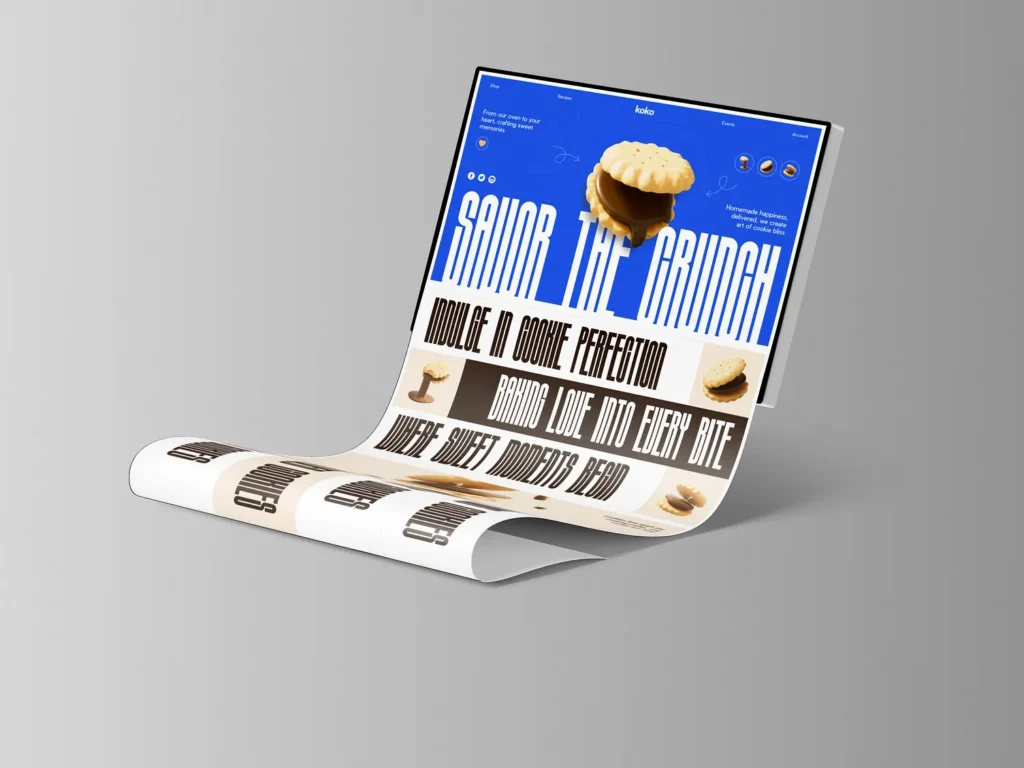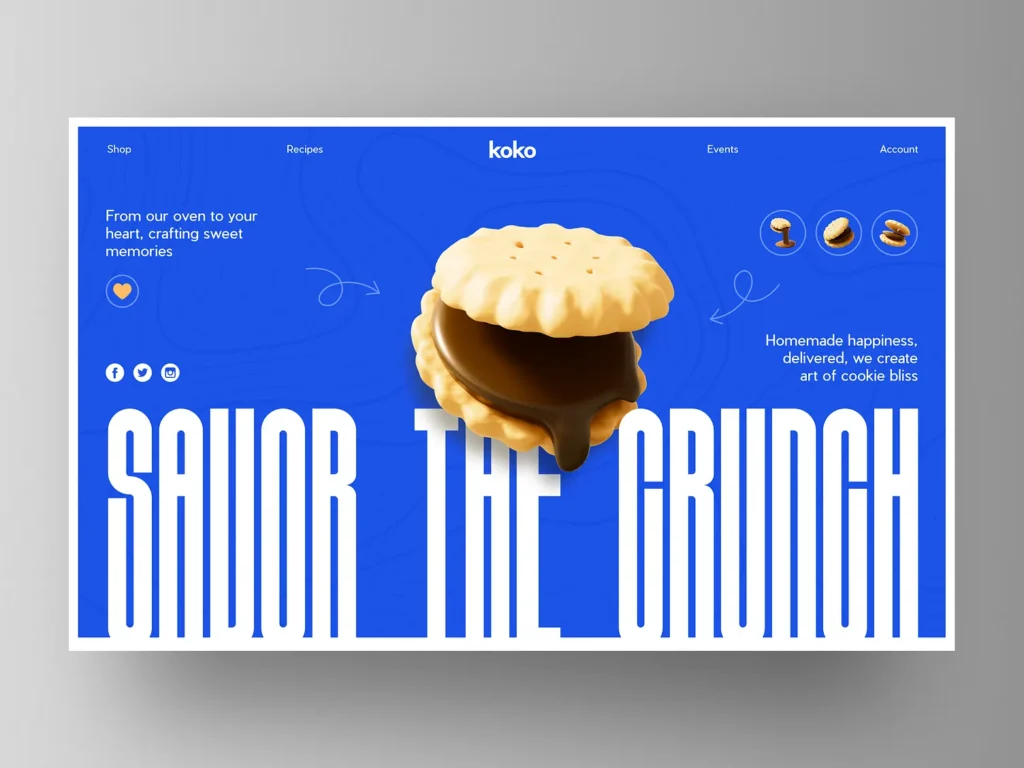The Ultimate Guide to Restaurant Website Design in 2025

In today’s digital-first world, your restaurant’s website is more than just a digital brochure—it’s your most powerful marketing tool. If your website isn’t attracting customers, taking orders, or ranking on Google, you’re missing out on serious revenue. This guide breaks down why your restaurant needs a strong online presence, what a great site looks like in 2025, and how to turn it into a 24/7 customer magnet.
Why Your Restaurant Needs a Website (Now More Than Ever)
Over 90% of diners search for restaurants online before deciding where to eat. If you’re not showing up—or your site looks outdated—you’re losing business to competitors who’ve gone digital.
- Build trust: A professional site builds confidence and credibility.
- Showcase your brand: Let visitors see your vibe, food, and values before they arrive.
- Take direct orders: Reduce reliance on high-fee third-party platforms.
- Control your narrative: Own your story, from menu to reviews.
Key Features of a High-Converting Restaurant Website

1. Mobile-Responsive Design
Over 70% of your website traffic will come from smartphones. Your site must look and work great on all screen sizes.
2. Lightning-Fast Load Speed
Slow websites frustrate users and hurt your Google rankings. Aim for a load time under 3 seconds.
3. Digital Menu with Filters & Photos
Skip the PDFs. Use an interactive menu with categories (vegan, gluten-free, spicy, etc.) and mouth-watering images.
4. Online Reservations & Ordering
Let customers book a table or place an order without leaving your site. Integrate with platforms like OpenTable or use custom forms.
5. Clear Calls-to-Action
Use prominent buttons like “Order Now,” “View Menu,” or “Book a Table” that guide users toward action.
6. SEO Optimization
Use keywords like “best [cuisine] restaurant in [city]” to rank locally. Add schema markup, meta tags, and optimize images for search engines.
7. Google Maps Integration
Embed your location with a clickable map and include directions and a call button for mobile users.
How Your Website Can Increase Revenue

- Boost visibility: Show up in local Google searches
- Drive direct orders: Keep the full profit without third-party commission cuts
- Promote loyalty: Add email sign-ups, coupons, and event announcements
- Track performance: Use Google Analytics to monitor traffic and optimize conversions
Case Study: Small Restaurant, Big Results
One Mediterranean bistro in Los Angeles revamped their website with a modern design, integrated online ordering, and improved SEO. Within 90 days, they tripled their online traffic and increased direct orders by 226%—without spending a dollar on ads.
Common Mistakes to Avoid
- Using generic templates with no branding
- Not updating your menu or opening hours regularly
- Ignoring mobile users
- Failing to track website performance
Conclusion: Your Website Is Your Best Marketing Tool
If your restaurant’s website isn’t bringing in new customers, encouraging orders, and building your brand—it’s time for a change. A professionally designed website pays for itself many times over in bookings, sales, and loyalty.
Want a Restaurant Website That Works for You?
We specialize in custom, mobile-friendly restaurant websites that look amazing and get results. Whether you’re running a food truck or fine dining spot—we’ll help you stand out online.
📞 Contact us today to get started!
Frequently Asked Questions
Why does my restaurant need a website?
A website helps customers find you online, view your menu, place orders, and book reservations. It builds trust and boosts your visibility on Google.
How much does it cost to build a restaurant website?
It depends on the features, but a professional restaurant website typically ranges from $300 to $2,000 depending on complexity and customization.
Can I take online orders through my website?
Yes! With the right design and tools, your website can offer direct online ordering without relying on third-party apps like Uber Eats.
Will my website be mobile-friendly?
Absolutely. All modern restaurant websites should be responsive and optimized for mobile devices to serve customers on the go.
See examples of our restaurant website designs.
